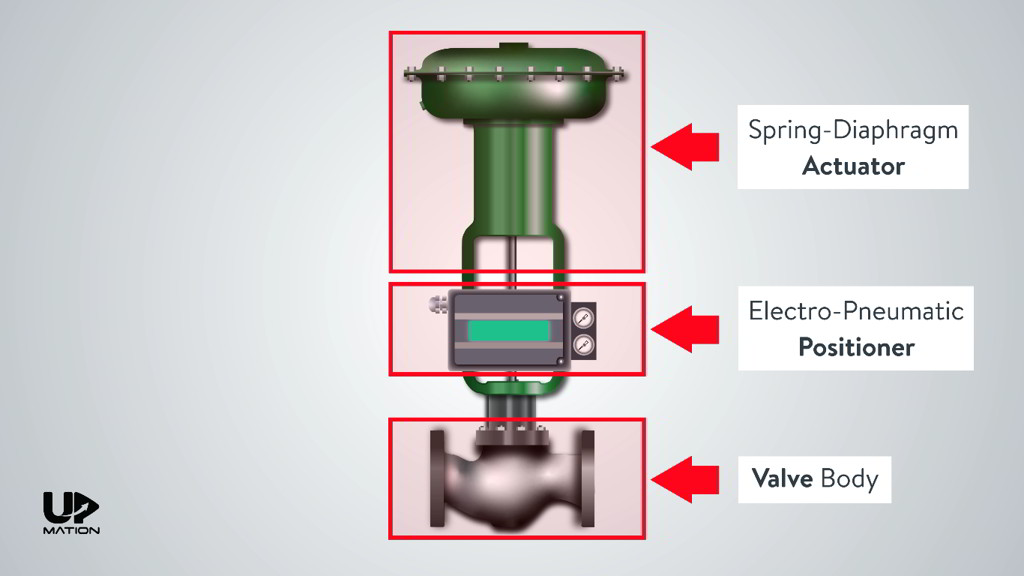The Function of Control Valves in Fluid Circulation Administration Systems
Wiki Article
Achieve Seamless Assimilation and Control With Top Quality Structure Automation Controls
In the realm of modern-day structure administration, the relevance of top quality building automation controls can not be overemphasized. Accepting quality building automation controls is not merely a matter of benefit however a calculated important for companies intending to enhance their facilities' efficiency and sustainability.
Advancement of Building Automation Controls
Throughout the past couple of decades, the evolution of developing automation controls has dramatically transformed the means buildings are handled and operated. Developing automation systems largely concentrated on fundamental features such as managing ventilation, home heating, and air conditioning (HVAC) systems. As innovation advanced, these controls have actually become much more innovative, allowing for a wider range of structure systems to be incorporated and taken care of centrally.The evolution of developing automation controls has seen a shift in the direction of more smart systems that can adapt to altering conditions in real-time. This flexibility is critical for enhancing power performance and making certain occupant convenience. Additionally, modern building automation controls currently offer functions such as anticipating upkeep, remote surveillance, and information analytics, allowing center managers to make data-driven decisions to enhance building efficiency.

Benefits of Quality Assimilation
The advancement in structure automation controls towards even more intelligent systems has actually emphasized the substantial advantages of quality integration in optimizing structure operations and boosting overall performance. This central control additionally gives much better visibility and insights right into building performance, allowing proactive upkeep and optimization techniques. On the whole, the benefits of top quality combination in structure automation controls are undeniable, using raised performance, comfort, and operational performance.Enhanced Customer Experience and Access
Enhancing user communication with building automation manages via intuitive layout and improved ease of access elevates the general experience for owners and center supervisors alike. By concentrating on customer experience, building automation systems can end up being a lot more easy to use and reliable. Intuitive user interfaces, clear navigation, and personalized settings empower customers to interact with the controls easily and properly.Access functions play an essential role in guaranteeing that all individuals, consisting of those with handicaps, can make use of the structure automation regulates effortlessly. Including features such as voice commands, responsive switches, and color-contrasted screens can enhance accessibility and make the controls a lot more comprehensive.
Additionally, enhanced individual experience causes greater customer contentment, boosted efficiency, and much more information better decision-making. Owners can change ecological settings according to their preferences, while facility managers can effectively check and take care of structure systems - control valves. Generally, focusing on customer experience and access in structure automation regulates adds to a much more effective and seamless structure atmosphere for all stakeholders entailed
Sustainable Practices With Automation

Additionally, automation can facilitate the combination of renewable energy resources such as solar panels or wind turbines into structure procedures. By automatically adjusting power usage based upon the schedule of sustainable energy, structures can better decrease their reliance on non-renewable resources. This smooth combination of lasting practices not just profits the environment but also enhances the total functional efficiency and cost-effectiveness of the structure. With automation, buildings can straighten with contemporary sustainability objectives and contribute to a greener future.
Future Trends in Building Control Solution
In expectancy of evolving and advancing innovations sustainability techniques, the trajectory of building control systems is positioned to embrace transformative techniques and cutting-edge solutions. One noticeable fad forming the future of structure control systems is the enhanced integration of Expert system (AI) and equipment learning. These modern technologies allow structures to adjust in real-time to altering conditions, enhancing power consumption and improving comfort for occupants. In addition, the Net of Things (IoT) is revolutionizing structure control systems by connecting devices and sensing units to boost and streamline procedures effectiveness.
An additional essential fad is the focus on cybersecurity measures to secure against prospective hazards to constructing automation systems. As buildings become more interconnected, guaranteeing robust cybersecurity procedures will be vital to safeguard delicate information and protect against unauthorized accessibility.
Additionally, the change towards cloud-based systems is acquiring momentum, enabling centralized control and remote access to structure systems. This helps with easier tracking, maintenance, and updates, boosting the overall efficiency and flexibility of structure control systems. As modern technology remains to breakthrough, these trends are expected to form the future landscape of structure automation controls, driving development and sustainability in the built environment.
Conclusion
Future trends in building control systems are most likely to concentrate on additional improving automation capacities for enhanced power performance and general performance. It is crucial for structure proprietors and drivers to prioritize the fostering of top quality structure automation manages to maximize structure procedures and achieve long-lasting sustainability objectives.In the world of contemporary structure administration, the significance of top quality structure automation controls can not be overstated. Generally, the advancement of building automation regulates proceeds to drive development in the structure monitoring sector, using new possibilities for producing smarter and extra lasting buildings.
The improvement in structure automation manages in the direction of even more smart systems has actually emphasized the significant advantages of quality combination in enhancing structure procedures and boosting total efficiency. Overall, focusing on individual experience and accessibility in structure automation regulates contributes to an extra smooth and efficient building setting for all stakeholders involved.
It is vital for structure owners and drivers to focus read review on the adoption of high quality building automation manages to optimize building operations and accomplish long-term sustainability goals. - control valves
Report this wiki page